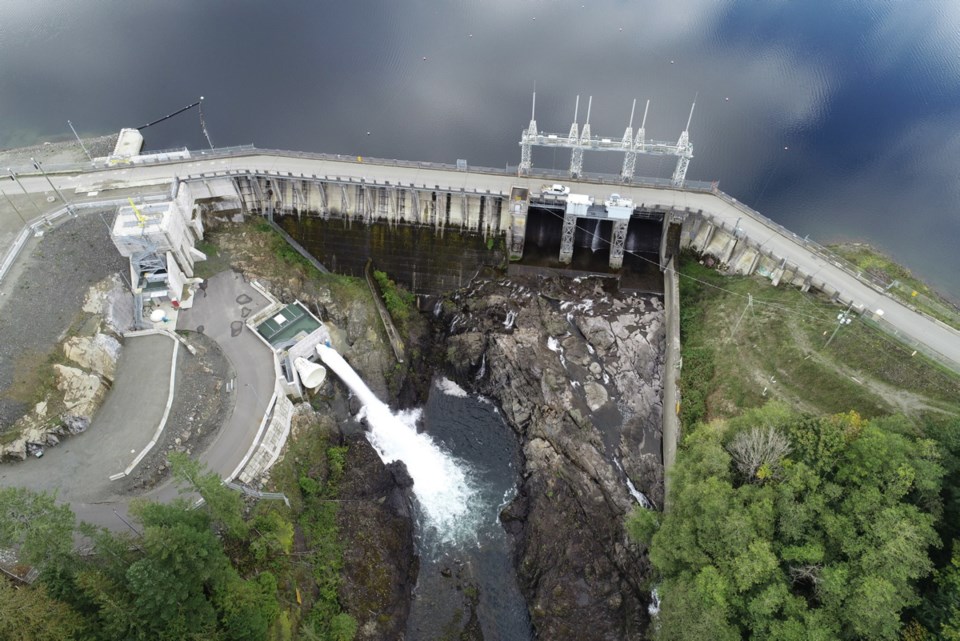Though its Island facilities won’t feel the impact yet, B.C. Hydro is starting to spill reservoirs and shut down small generation facilities in B.C.’s Interior as a result of reduced power demand during the pandemic.
A report released Monday said electricity demand in B.C. has dropped 10% and could drop further as the economy adjusts to the COVID-19 outbreak.
“It’s unprecedented — demand has dropped by 10% right now, and to put that into context, demand was down just 5% during the [global financial crisis in 2008-09],” said B.C. Hydro spokeswoman Tanya Fish.
The report suggested that by this time next year, demand could drop off by 12%.
When demand drops, it puts upward pressure on future billing rates, to ensure the utility recovers its costs.
Fish said right now, it’s hard to say what effect that could have on consumers.
“It’s so uncertain how the province will recover, and we know the electricity load is hugely dependent on the economy,” she said. “I can say B.C. Hydro is in a strong financial position. We think we will be able to weather the pandemic.”
The report noted the demand from commercial and light industrial sectors has dropped by about 20%, though residential demand initially increased by about 7% in early March.
Fish said that is likely the result of people working from home, staying home and heating with electricity.
Those residential numbers have since normalized as the weather has warmed.
The province’s major industries, including forestry, oil and gas and mining, which account for 30% of B.C. Hydro’s total load, have seen a 7% drop in demand as well.
The problems created by a lack of demand are compounded by the start of spring snow melt filling reservoirs, B.C. Hydro said.
At this time of year, independent power producers, which provide about 29% of B.C. Hydro’s power, start producing the greatest amount of energy.
To address the situation, B.C. Hydro will start to spill water at its Seven Mile and Revelstoke facilities, shutting down small power plants in the Shuswap and Kootenay regions and reducing some power purchases from independent power producers.
The reservoirs have to release water or spill before they become full to avoid the risk of downstream flooding in the event of significant rainfall.
However, spills do come with risk. A prolonged spill can harm fish downstream.
If the spill is a short-term event, fish can usually find refuge in calmer waters.
B.C. Hydro has not yet notified independent power producers who might be affected.
Fish said it is likely to be the large ones whose power sales will suffer.
B.C. Hydro’s trading arm, Powerex, will try to export excess electricity to other jurisdictions, although that may be problematic, as everyone is experiencing an economic downturn.
Powerex sells electricity all over western North America, as B.C.’s transmission network is part of the Western Interconnection, a network of high-voltage transmission systems that includes Alberta, several western U.S. states and parts of Mexico.



